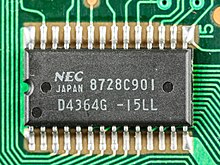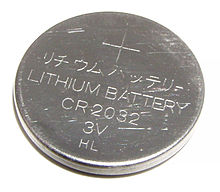No coordinates found
Nonvolatile BIOS memory
Small, battery-backed memory component for storing a computer's BIOS settingsNonvolatile BIOS memory refers to a small memory on PC motherboards that is used to store BIOS settings. It is traditionally called CMOS RAM because it uses a volatile, low-power complementary metal–oxide–semiconductor (CMOS) SRAM powered by a small battery when system and standby power is off. It is referred to as non-volatile memory or NVRAM because, after the system loses power, it does retain state by virtue of the CMOS battery. When the battery fails, BIOS settings are reset to their defaults. The battery can also be used to power a real time clock (RTC) and the RTC, NVRAM and battery may be integrated into a single component. The name CMOS memory comes from the technology used to make the memory, which is easier to say than NVRAM.
Read article
Top Questions
AI generatedMore questions



